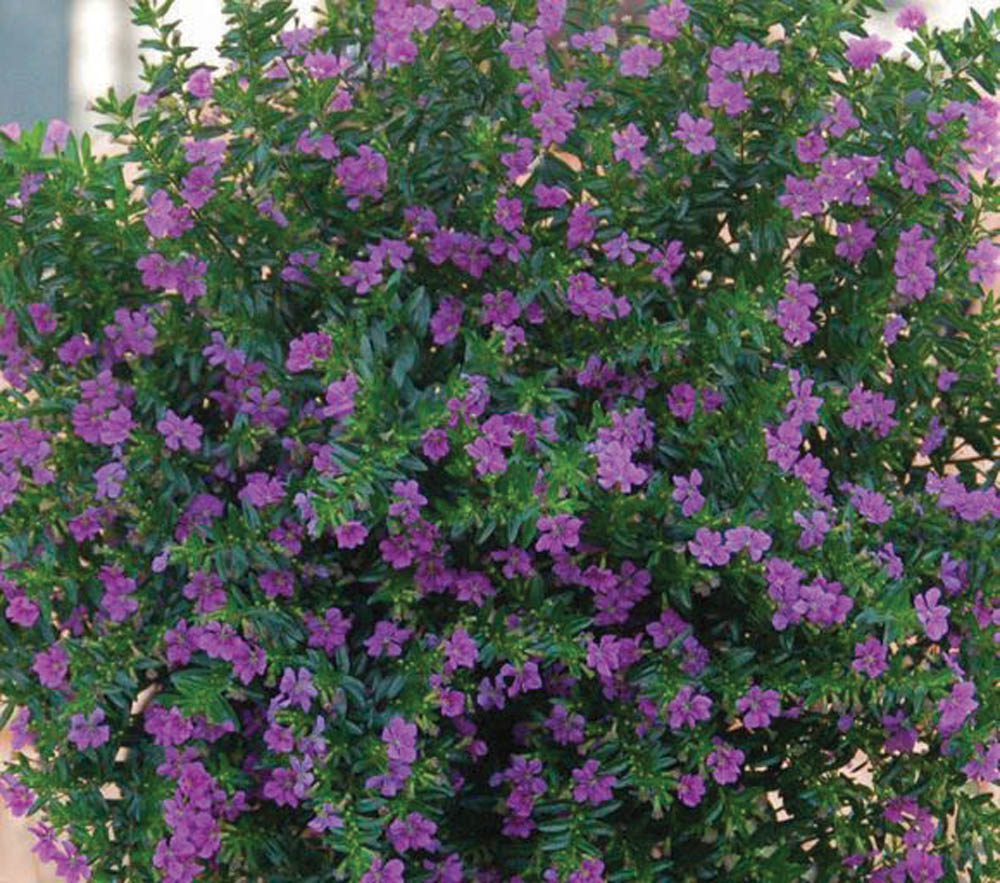By the time winter comes to an end, Prairie gardeners are tired of it and long to get gardening and to be surrounded by flowers and greenery. It is no coincidence that at this time of year garden centres and retail outlets are full of enticing flowering plants just beckoning us to purchase them. These plants are so tempting because we are all anxious for a “breath of spring.” One plant that is displayed for sale in these establishments in early spring is the primula. The blooms on these plants are so bright and cheery that they are irresistible to deprived gardeners; they are very reasonably priced as well, so they can provide us with much pleasure for very little money.
Read Also

Giant Canada geese have gone wild in Manitoba
Giant Canada geese are seemingly everywhere and can be fine table fare for local hunters, but 70 years ago, they were borderline extinct.
Primula foliage is bright green and heavily textured – some would call it “crinkly.” The blooms are single, and often bicoloured; they emerge from the centre of the rosette of leaves and are held above the leaves on short stems. The blooms are vibrant, including butter yellow, rich burgundy, delicate pink, clear white and dazzling red.
Primulas will continue to bloom for a long period of time, particularly if you take care and choose a specimen that has lots of buds and few spent blooms. You will be able to enjoy the plant’s beauty for weeks before the blooms fade and no more buds are forthcoming. Keeping the plant in a relatively cool location will make it last even longer, as will ensuring that the plant receives adequate water to keep the soil moist. Water a primula by setting the pot in a saucer of water for a couple of hours and allowing it to take up as much water as it needs; then take the pot out of the saucer of water and let any excess water drain out of the pot.
To keep the plant healthy and productive, add a bit of soluble, all-purpose fertilizer to the water every couple of weeks, but take care not to get any fertilizer solution on the foliage or the leaves may be permanently marked. Place the plant in bright light but not where it will receive a lot of direct sunlight.
If the plant is located in a warm environment where the humidity is low, consider placing the pot on a pebble tray – a saucer containing some stones or pebbles which will hold the bottom of the pot above the water in the saucer. Pebble trays allow water to evaporate around the plant, thus mitigating to some degree the warm temperature and low humidity of the surrounding air.
After a primula has bloomed itself out, it can sometimes be grown on and brought into bloom again, but this is not easy to accomplish. The plants are prone to insect infestations – aphids and spider mites are two of the most common. Even if you examined the plant extensively when you bought it for any signs of these pests, continual vigilance is advised. Primulas are also subject to botrytis, a particularly bothersome disease and the infection may have begun during transit or during the plant’s shelf life before you purchased it. Potted plants – particularly plants purchased in big box stores or other non-greenhouse outlets – have often been stressed before they are purchased because they have not had adequate light or proper care.
Because of the challenges involved in keeping a primula going until it blooms again, I believe it is one blooming pot plant best used as a “disposable” plant – much as I dislike that term. The effort required to keep it healthy hardly seems worth the effort with such a small chance of success and because the plants are relatively inexpensive.
However, if you wish to try keeping the plant over rather than discarding it, when the plant has finished blooming, repot it into a larger-size pot, keep it well fertilized and watered, give it the brightest light you can without exposing it to direct sunlight, and keep a sharp lookout for pests.
Brightly coloured flowers and attractive green leaves make primulas great additions to our indoor living areas at this time of year. One of these delightful plants will be sure to satisfy your craving for colourful blooms during our long transition out of winter.
– Albert Parsons writes from Minnedosa, Manitoba














